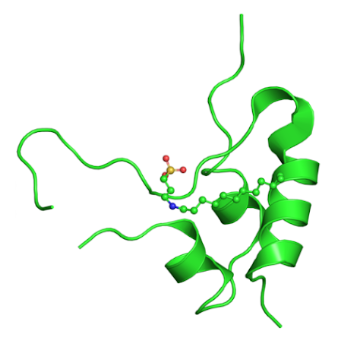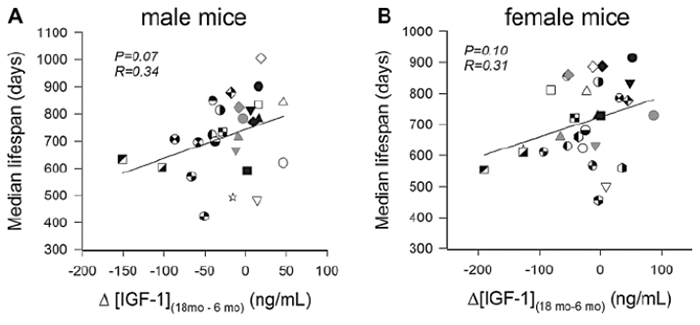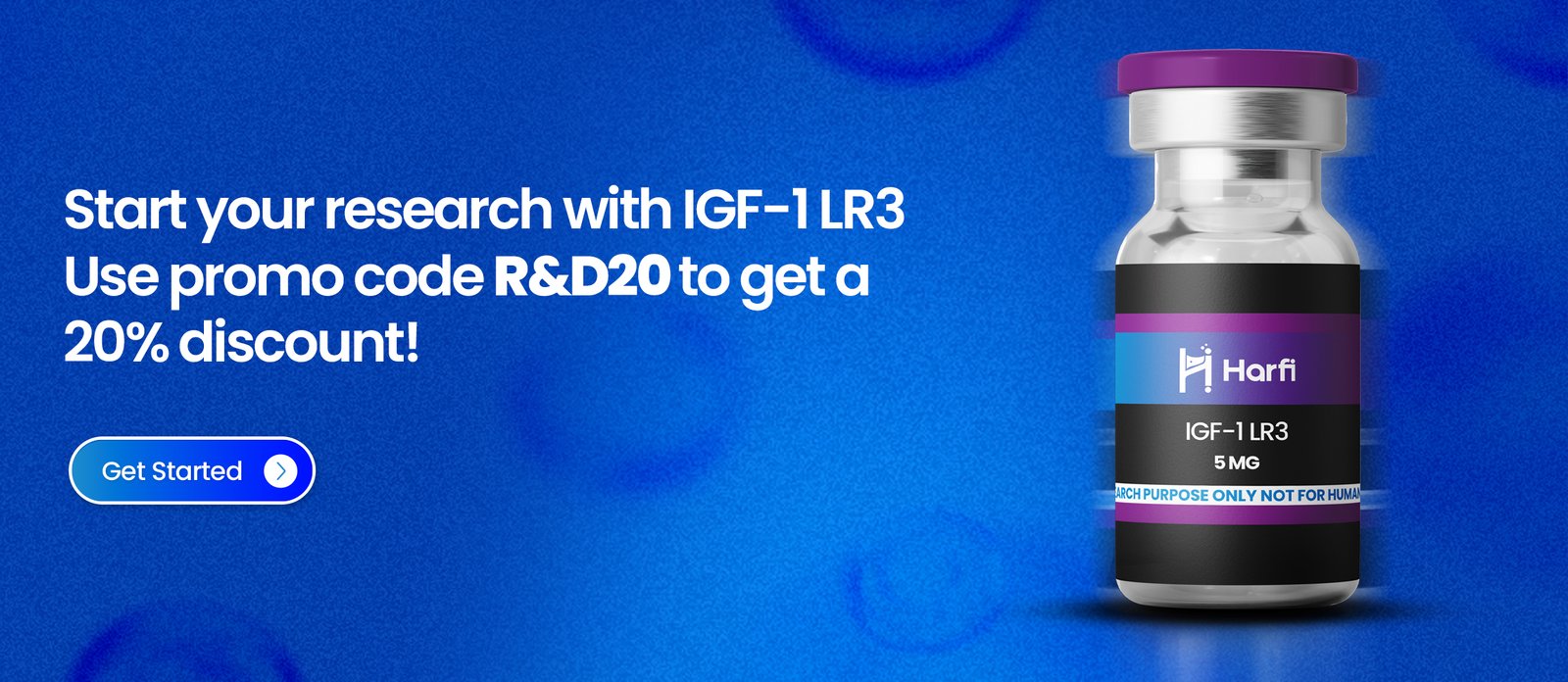IGF-1 LR3
IGF-1 LR3 (Insulin-Like Growth Factor-1 Long Arginine 3) is a synthetic variant of IGF-1, designed for enhanced stability and prolonged activity. Unlike standard IGF-1, IGF-1 LR3 exhibits minimal binding to IGF-1 binding proteins, allowing it to remain active up to 120 times longer. This extended half-life amplifies its biological effects, including promoting cell division and growth, accelerating fat metabolism, and enhancing muscle repair and hypertrophy by inhibiting myostatin. Emerging research also indicates that IGF-1 LR3 may play a role in improving lactation in mothers with young offspring.
Product Usage
This product is intended for research purposes only. It is strictly designated for in vitro testing and laboratory experimentation. All information provided on this website is for educational purposes only. Any introduction into humans or animals is strictly prohibited by law. Only licensed, qualified professionals should handle this product. It is not a drug, food, or cosmetic and must not be misbranded, misused, or mislabeled as such.
What is IGF-1 LR3?
IGF-1 LR3 is a modified form of insulin-like growth factor-1 (IGF-1), known as insulin-like growth factor-1 long arginine 3. Like other IGF-1 derivatives, it plays a crucial role in cell division, proliferation, and communication. However, unlike standard IGF-1, IGF-1 LR3 binds less effectively to IGF binding proteins, allowing it to remain active in the bloodstream up to 120 times longer. This extended half-life results from structural modifications, including the addition of 13 amino acids to the N-terminal end of IGF-1 and the substitution of glutamic acid with arginine at position 3. These changes enhance its stability and biological activity.
IGF1-LR3 Structure
Sequence: MFPAMPLSSL FVNGPRTLCG AELVDALQFV CGDRGFYFNK PTGYGSSSRR APQTGIVDEC CFRSCDLRRL EMYCAPLKPA KSA
Molecular Formula: C400H625N111O115S9
Molecular Weight: 9117.5 g/mol
CAS Number: 946870-92-4

Source: PubChem
IGF1-LR3 Research
Cell Division
Similar to IGF-1, IGF1-LR3 plays a crucial role in stimulating cell division and proliferation. While its primary impact is on connective tissues like muscles and bones, it also enhances cell division in the liver, kidneys, nerves, skin, lungs, and blood. IGF-1 is often referred to as a maturation hormone because it not only encourages cell growth but also facilitates differentiation, allowing cells to develop their specialized functions.
Unlike IGF-1, IGF1-LR3 has an extended presence in the bloodstream, making it significantly more potent. A single dose of IGF1-LR3 can activate approximately three times as many cells as an equivalent dose of IGF-1. However, IGF1-LR3 and all IGF-1 derivatives do not contribute to cell enlargement (hypertrophy). Instead, they promote an increase in the number of cells (hyperplasia). For example, in muscle tissue, IGF1-LR3 does not cause muscle fibers to grow larger but increases the overall number of muscle cells.
Fat Metabolism and Diabetes
IGF1-LR3 indirectly enhances fat metabolism by binding to both the IGF-1R receptor and the insulin receptor. This process facilitates glucose absorption by muscle, nerve, and liver cells, leading to a decrease in blood sugar levels. As a result, adipose tissue and the liver respond by breaking down glycogen and triglycerides, contributing to overall fat reduction and increased energy expenditure.
Because IGF1-LR3 lowers blood sugar levels, it also reduces insulin levels and the need for external insulin in diabetes management. Studies suggest that it can decrease insulin requirements by approximately 10% while maintaining stable blood sugar levels. This insight may help researchers develop strategies to improve insulin sensitivity and explore potential preventive measures for type 2 diabetes.
Myostatin Inhibition
Myostatin, also known as growth differentiation factor 8, regulates muscle growth by preventing excessive muscle cell proliferation. While this function is crucial for preventing uncontrolled hypertrophy and ensuring proper healing after injury, there are circumstances where inhibiting myostatin could be beneficial. Conditions such as Duchenne muscular dystrophy (DMD) or muscle atrophy due to prolonged immobility could potentially benefit from myostatin inhibition, helping to slow muscle loss, preserve strength, and improve overall health.
Studies on DMD mouse models suggest that IGF1-LR3 and other IGF-1 derivatives can counteract the harmful effects of myostatin, protecting muscle cells and preventing apoptosis. With its extended half-life, IGF1-LR3 is particularly effective in inhibiting myostatin by activating MyoD, a muscle protein responsible for hypertrophy. MyoD is typically stimulated by physical activity, such as weight training or muscle damage, to promote muscle growth.
IGF1-LR3 and Longevity Research
IGF1-LR3 supports tissue repair and maintenance, offering protective effects against cellular damage and aging. Research in cows and pigs suggests that IGF1-LR3 administration may help counteract the effects of aging at the cellular level. Ongoing studies in mice aim to explore its potential in preventing conditions such as dementia, muscle atrophy, and kidney disease. Findings indicate that IGF-1 treatment may extend lifespan and reduce disability, highlighting its possible role in longevity and age-related disease prevention.

Lifespan of male and female mice is correlated with IGF-1 levels.
Source: ResearchGate
Glucocorticoid Signaling
Glucocorticoids, primarily produced by the adrenal glands, are widely used in clinical treatments to manage pain and reduce inflammation in conditions such as autoimmune diseases, neurological injuries, and cancer. However, their use is often associated with adverse effects, including muscle wasting, fat accumulation, and reduced bone density. Researchers are exploring the potential of IGF1-LR3 to mitigate these side effects, potentially enhancing the effectiveness of glucocorticoid therapy.
IGF1-LR3 has been observed to cause minimal to moderate side effects, with low oral bioavailability but excellent subcutaneous absorption in mice. It is important to note that dosage measurements in mice do not directly translate to human use. IGF1-LR3 available at Harfi is strictly intended for educational and scientific research purposes and is not approved for human consumption. Purchase is restricted to licensed researchers only.
DISCLAIMER: FOR INFORMATIONAL AND EDUCATIONAL PURPOSES ONLY
All articles and product details provided on this website are strictly for informational and educational purposes.
The product information presented here applies solely to in-vitro studies—experiments conducted outside of living organisms, such as in laboratory settings. These products are not classified as medicines or drugs and have not been approved by the FDA for the prevention, treatment, or cure of any medical conditions, ailments, or diseases.

